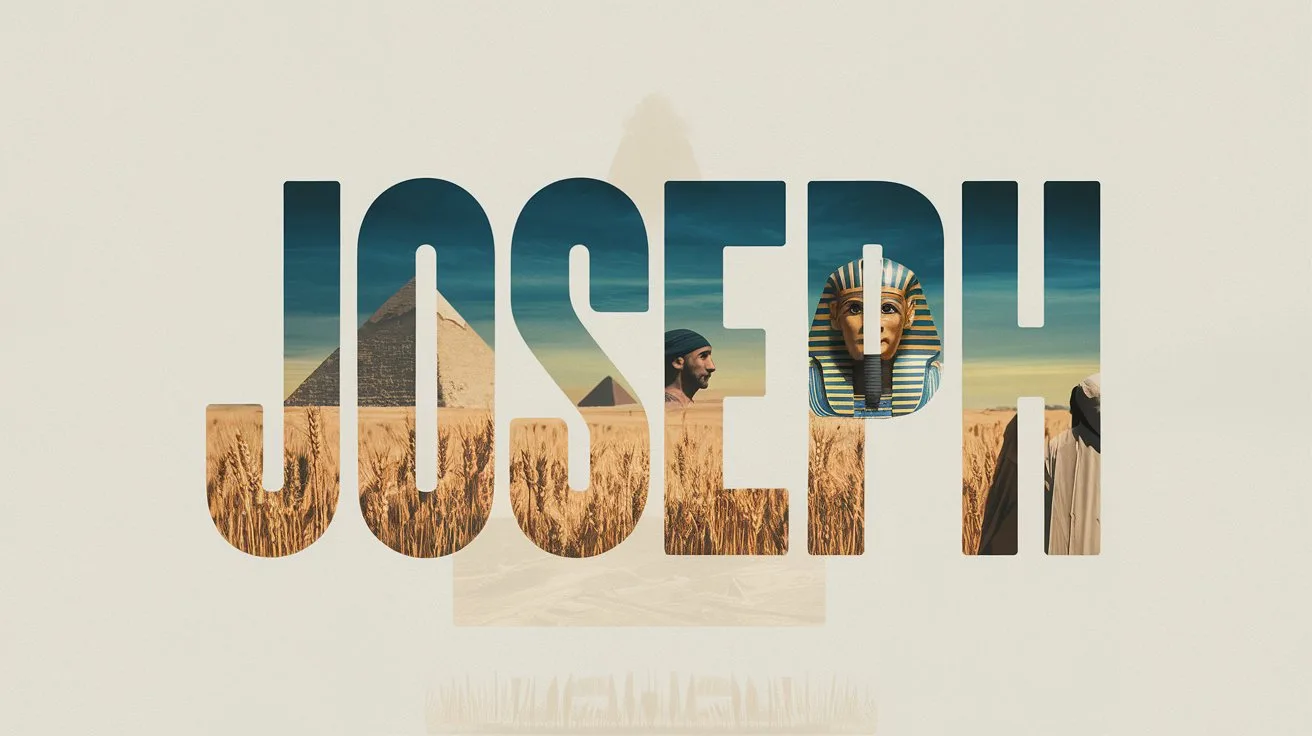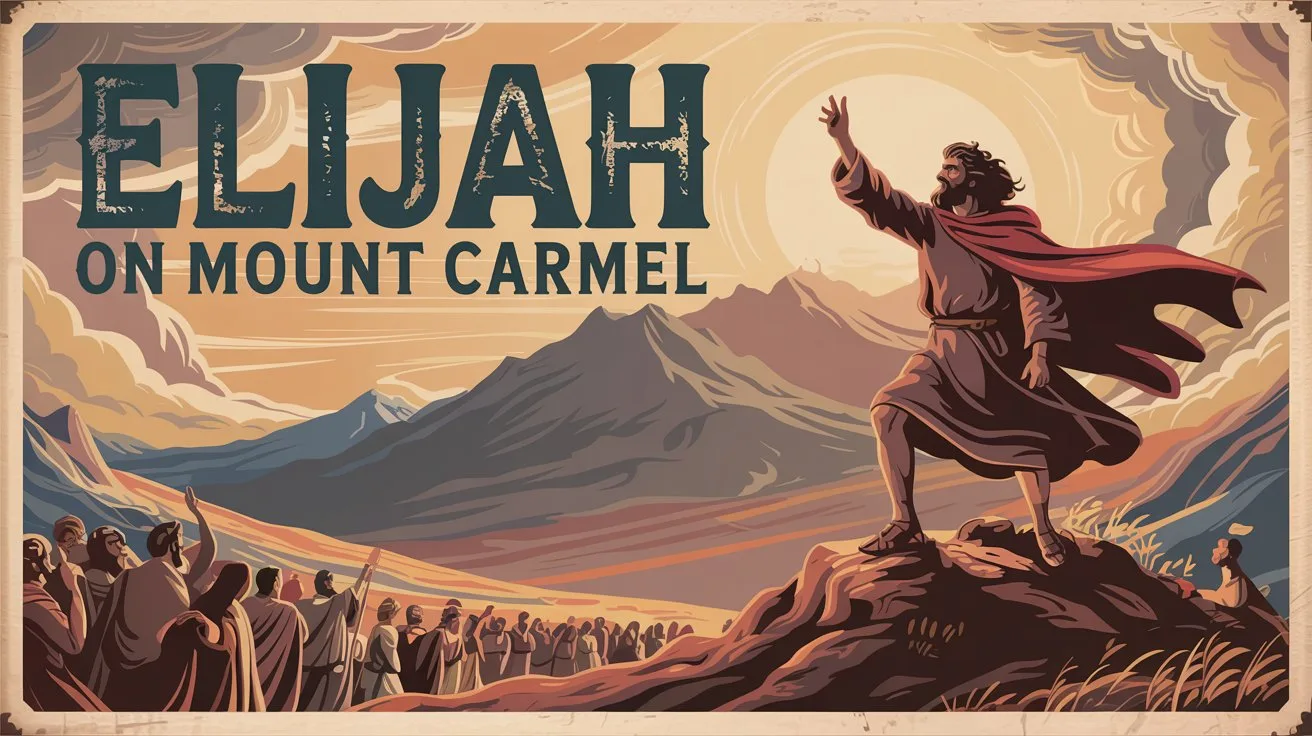The Bible is divided into two main parts: the Old Testament and the New Testament. Though they differ in time, covenant, and content, both are divinely inspired and point to the same redemptive plan through Jesus Christ.
The Old Testament consists of 39 books and was written before the coming of Christ. It contains the Law, the Prophets, and the Writings. These books detail the history of Israel, God’s covenant with His people, and the promises of the coming Messiah.
“For whatever things were written before were written for our learning, that we through the patience and comfort of the Scriptures might have hope.” (Romans 15:4)
The Old Testament centers on the Mosaic Covenant, which includes the Ten Commandments, ceremonial laws, and civil regulations. It reveals God’s holiness, man’s sinfulness, and the need for atonement through sacrifices.
The New Testament consists of 27 books and begins with the birth of Jesus Christ. It reveals the fulfillment of the Old Testament prophecies through His life, death, and resurrection. It introduces the New Covenant based on grace through faith.
“For the law was given through Moses, but grace and truth came through Jesus Christ.” (John 1:17)
Jesus affirmed the Old Testament but fulfilled it:
“Do not think that I came to destroy the Law or the Prophets. I did not come to destroy but to fulfill.” (Matthew 5:17)
The New Testament teaches that the Old Covenant was a shadow of better things to come:
“For the law, having a shadow of the good things to come, and not the very image of the things, can never with these same sacrifices… make those who approach perfect.” (Hebrews 10:1)
The Old Testament prepared the way; the New Testament reveals the fulfillment. The Old focuses on Israel as a nation under the Law; the New centers on the church, composed of all who are in Christ by faith.
“Therefore the law was our tutor to bring us to Christ, that we might be justified by faith. But after faith has come, we are no longer under a tutor.” (Galatians 3:24–25)
Both Testaments are necessary. The Old shows God’s character, promises, and the seriousness of sin. The New shows God’s grace, the completed work of Christ, and the way of salvation.
“All Scripture is given by inspiration of God, and is profitable for doctrine, for reproof, for correction, for instruction in righteousness.” (2 Timothy 3:16)







